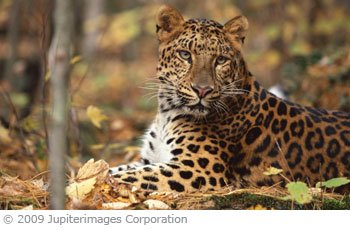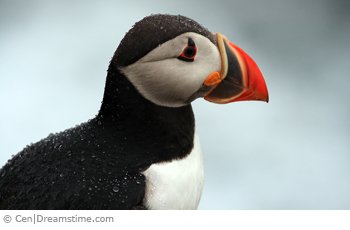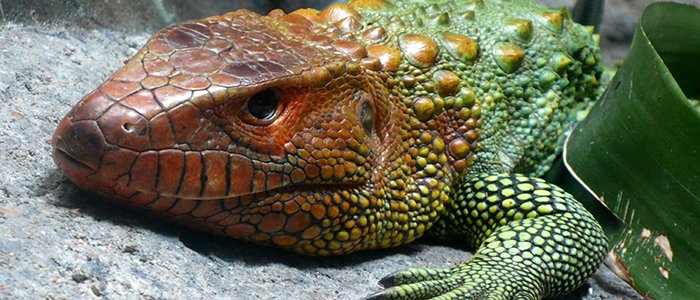St. Louis Zoo
Biology
Widely recognized as one of the top zoos in America, this free zoo currently houses over 18,000 animals and is a world leader in wildlife conservation and endangered species protection.
Overview
St. Louis, Missouri
The St. Louis Zoo in St. Louis, Missouri, is widely recognized as one of the top zoos in America. It currently houses over 18,000 animals and is a world leader in wildlife conservation and endangered species protection. Admission to the zoo is free, but there is a fee for parking and for some of the attractions inside the zoo.
A trip to the zoo is not just a chance to see some interesting animals. It is an opportunity for parents to teach their children about God’s creativity and wisdom, as well as our responsibility to be caretakers of the planet. Some families like their children to choose a few animals to read about before going to the zoo. Then, when they find those animals, the children can tell the whole family what they have learned.
The St. Louis Zoo offers a wonderful variety of activities for the entire family. Kids love visiting the Children’s Zoo, where they slide through an otter pool, jump through water spouts, climb a giant spider web, and meet many furry, feathery, and scaly animals. The Zooline Railroad is a chance for the whole family to relax while taking a ride around the zoo. Guests see some of the zoo’s most popular exhibits without having to walk! The zoo is a very big place; while there is a small fee for the Zooline Railroad, it is well worth the cost, especially for families with small children.
While at the St. Louis Zoo, don’t miss the Big Cats exhibit, the Sea Lion Show, and the “Extreme Log Ride” motion simulator. The ZOOmagination Station is a wonderful, hands-on haven for young children and their parents. The zoo also has a wide variety of restaurants, snack stands, and gift shops.
Points of Interest
Just Lion Around
The St. Louis Zoo has one of the finest Big Cats exhibits in the country, home to lions, tigers, cheetahs, jaguars, pumas, snow leopards, and the rarest cat in the world, the critically endangered Amur leopard. Amur leopards, Amur (Siberian) tigers, and snow leopards all live in some of the harshest environments on earth. With their long, thick fur, an extra layer of fat, and furry feet, these magnificent cats are well-suited to life in the cold and snow.

Very Cool!
In the heat of the day, no exhibit is more popular than the Penguin and Puffin Coast, kept at a year-round temperature of 45–50°F (7–10°C). Although unrelated, penguins and puffins live in similar cold environments, penguins in the south, puffins in the north. Both are specially designed for life in and around the water—their dense black and white feathers are camouflage both from the sea and from the air. Penguins also have an extra layer of fat to help protect them from the cold.

Helpful Tips
- Visit the St. Louis Zoo’s website for more information on programs, attractions, hours, and pricing: stlzoo.org.
- Be sure to print out a map of the zoo ahead of time and plan your route.
- If you have young children, you might want to purchase passes for the Zooline Railroad. Also be sure to visit the ZOOmagination Station.
- Many of the zoo’s exhibits are mixed species exhibits, where guests can learn about how different plants and animals interact with each other. If your child is interested in seeing a specific animal, you may want to ask a zoo attendant where to look.
- Bring bottled water for your family. The zoo can be a hot place, especially in the middle of the day.
- Don’t forget your camera!
- Visit the website for information on special Behind the Scenes tours.
- There are plenty of restaurants and shops inside the zoo, as well as a first aid station.
- Staying nearby? No visit to St. Louis is complete without a trip to the world-famous St. Louis Arch, the Gateway to the West. This enormous archway in downtown St. Louis can be seen from miles away and has become the iconic image of the city.

Answers in Genesis is an apologetics ministry, dedicated to helping Christians defend their faith and proclaim the good news of Jesus Christ.
- Customer Service 800.778.3390
- Available Monday–Friday | 9 AM–5 PM ET
- © 2026 Answers in Genesis

